During the War
As war drew near, it was clear that a massive need for production of arms and armaments to support US allies would require many hands, of every color. On June 25, 1941, President Roosevelt created Executive Order 8802, banning racially discriminatory hiring practices in any industry that held government contracts for national defense.
With the attack on Pearl Harbor came an ever greater sea change: The country found itself committed to a war that it was grossly unprepared to fight, and that required total mobilization to win. Beginning in 1942, Roosevelt began to issue directives to increase opportunities for black enlistment in the armed forces.
-
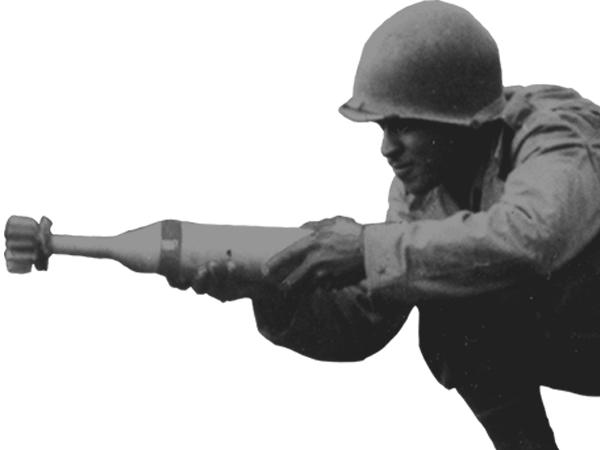
The Army
When World War II began, the Army held a deep distrust in the quality of black soldiers. The critical need for manpower forced the Army to field several African American combat units during the war, but the overwhelming majority of the 900,000 African Americans that served in the Army during the war were limited to logistical jobs.
Learn More -
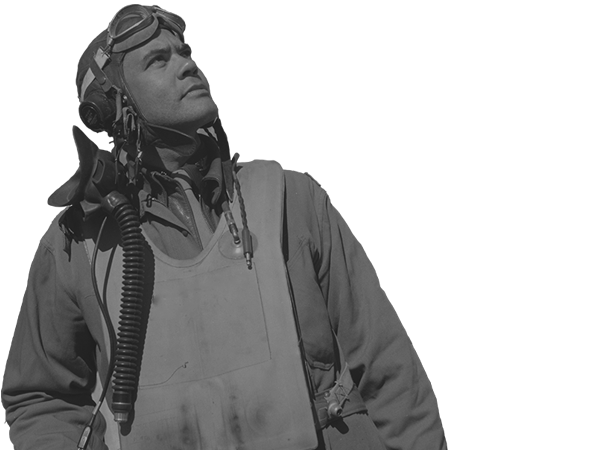
The Army Air Forces
The prewar Army Air Corps was more vehement than most of the services regarding the inferiority of African Americans. The Air Corps was adamant that blacks could not serve as combat pilots. However, bowing to a presidential decree in 1941, the Air Corps began training a limited number of pilots at Tuskegee, Alabama—the legendary Tuskegee Airmen.
Learn More -
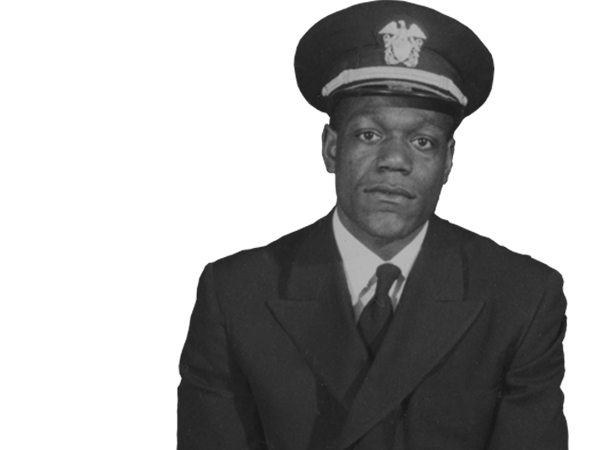
The Navy
The tradition-bound Navy initially resisted accepting black servicemembers . . . then enlisted African Americans but denied them proper combat training and limited them to the roles of stevedore, steward, or cook. Nevertheless, recruitment surged: more than 160,000 African Americans would serve in the Navy during World War II.
Learn More -
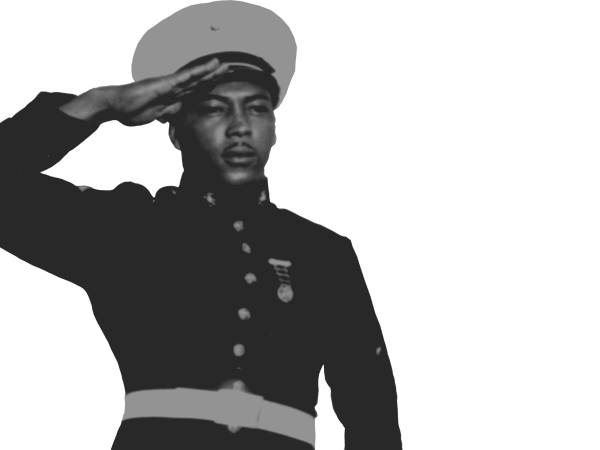
The Marine Corps
Initially, the Marine Corps strongly resisted the inclusion of African Americans, and limited black troops to supply and logistical roles. In reality, black Marines found themselves in some of the fiercest fighting of the Pacific War, including Peleliu and Iwo Jima.
Learn More -

The Coast Guard
Of nearly 5,000 African American Coast Guardsmen who served during the war, half of them received billets at shore stations or as beach patrolmen. The other half went to sea, most of them as officer’s stewards, though they also manned battle stations as gunners, loaders, and ammunition passers.
Learn More -
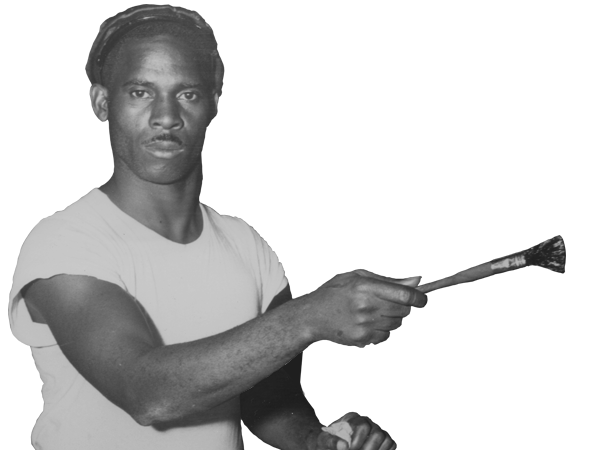
The Merchant Marine
The Merchant Marine was technically outside of the military, and was much more lenient in employing African Americans. Black mariners were allowed to sign on to any billet in which they were qualified, though some shipping companies employed by the US government still required that crews be segregated by race.
Learn More -
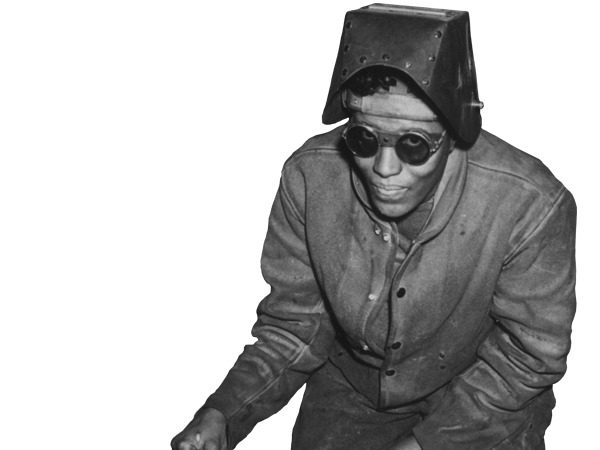
The Home Front
With tens of thousands of former workers called up for service, Home Front employers sought a new work force—and black men and women traveled across the country in search of new opportunities and a steady wage.
Learn More




